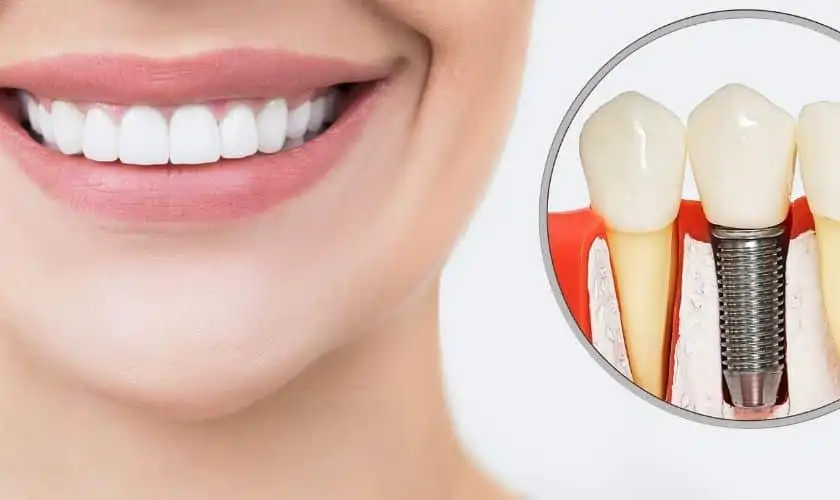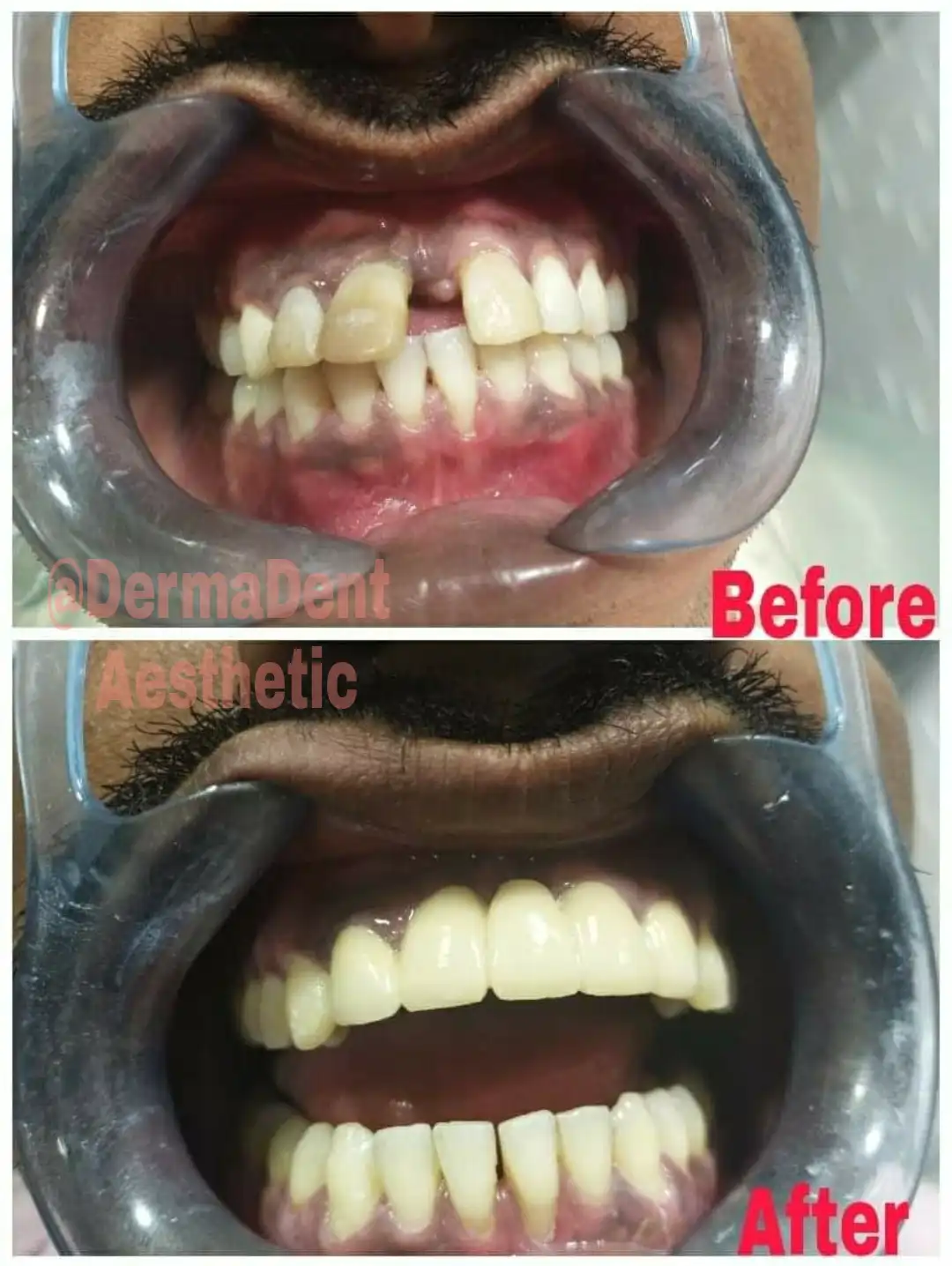Dental-Implants

Dental-Implants
Dental Implants
Dental implants are artificial tooth roots made from biocompatible materials like titanium. They are surgically placed into the jawbone to support crowns, bridges, or dentures, offering a natural-looking and permanent solution for missing teeth.
Types of Dental Implants
| Type | Description |
|---|---|
| Endosteal | Placed directly into the jawbone (most common type). |
| Subperiosteal | Placed under the gum but above the jawbone (used when bone is insufficient). |
| All-on-4 | Four implants supporting an entire arch of teeth. |
| Zygomatic | Anchored into the cheekbone for those with severe upper jaw bone loss. |
What's Included
Structure of a Dental Implant
- Implant Post: A titanium screw inserted into the jawbone.
- Abutment: A connector that links the implant to the crown.
- Crown: The artificial tooth that mimics the appearance of a natural one.
Procedure Overview
- Consultation & Scans: Digital X-rays or CBCT to plan the procedure.
- Implant Placement: Surgical insertion of the implant under anesthesia.
- Healing Period: 3–6 months of osseointegration (bone fusion).
- Abutment & Crown Fixation: Final restoration phase.
Benefits of Dental Implants
- Natural look and feel
- Prevents bone loss and facial sagging
- Improves chewing, speech, and confidence
- Durable with high success rates
Ideal Candidates
- Missing one or more teeth
- Healthy gums and jawbone
- Non-smoker or willing to quit
- No uncontrolled chronic illnesses (e.g., diabetes)
Longevity & Aftercare
-
With proper care, implants can last 15–25 years or more. Maintain good oral hygiene, attend regular dental check-ups, and avoid smoking to extend their lifespan.
Medicine Use Disclaimer: Do not self-prescribe or start any medication or topical treatment without consulting a qualified doctor. Improper use can lead to side effects, resistance, or complications. Always follow professional medical advice.

